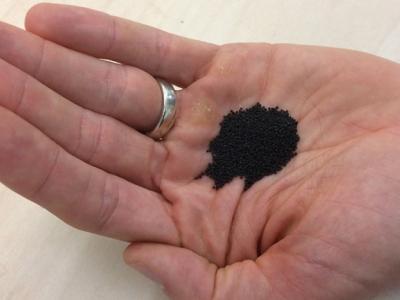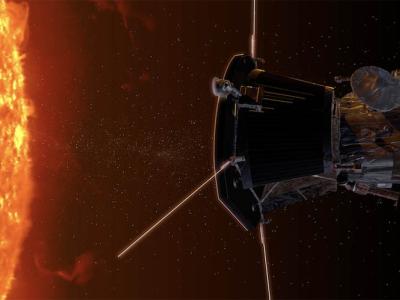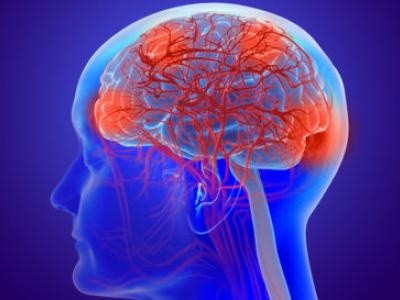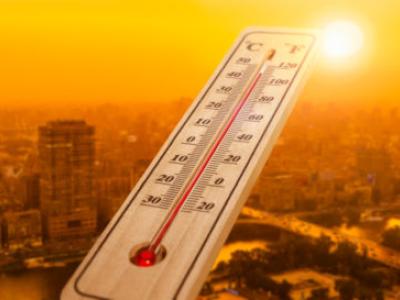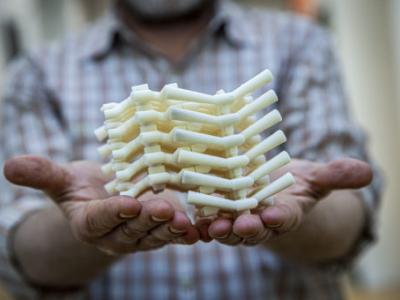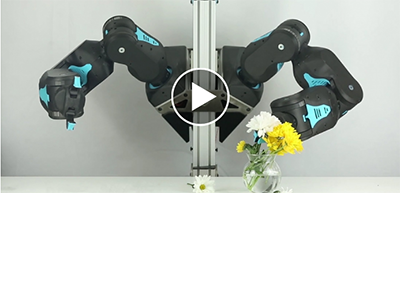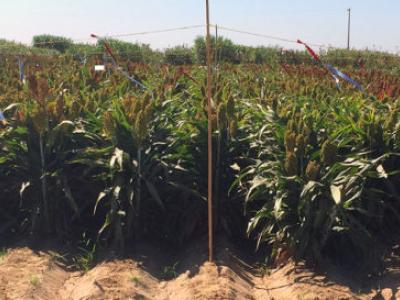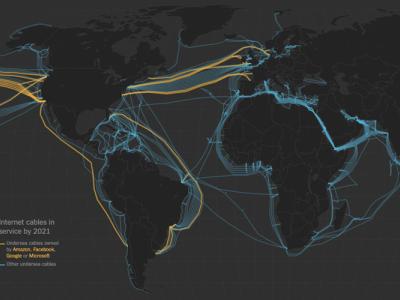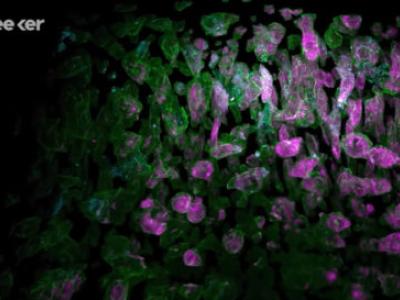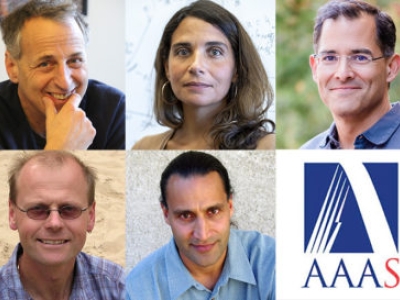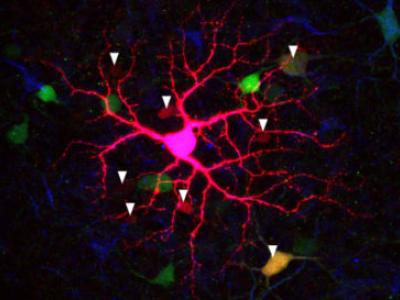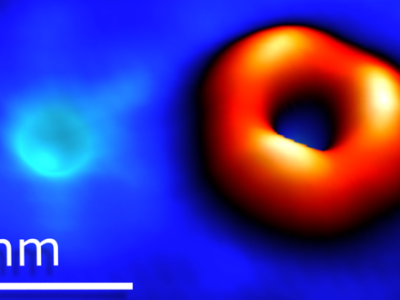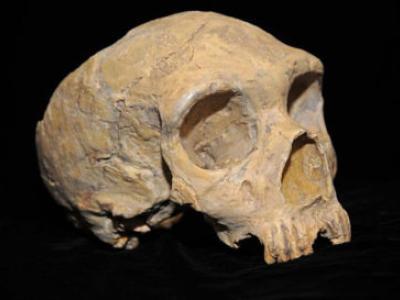UC Berkeley engineers have developed a mineral-coated sand that can soak up toxic metals like lead and cadmium from water. Along with its ability to destroy organic pollutants like bisphenol A, this material could help cities tap into stormwater, an abundant but underused water source.
Research News
Learn more about UC Berkeley's researchers and innovators.
Showing 1441 - 1456 of 3461 Results
A year ago, NASA’s Parker Solar Probe flew closer to the sun than any satellite in history, collecting a spectacular trove of data from the very edge of the sun’s million-degree corona.
Now, that data has allowed solar physicists to map the source of a major component of the solar wind that continually peppers Earth’s atmosphere, while revealing strange magnetic field reversals that could be accelerating these particles toward our planet.
Drugs that tamp down inflammation in the brain could slow or even reverse the cognitive decline that comes with age. In a publication appearing today in the journal Science Translational Medicine, University of California, Berkeley, and Ben-Gurion University scientists report that senile mice given one such drug had fewer signs of brain inflammation and were better able to learn new tasks, becoming almost as adept as mice half their age.
Climate skeptics have long raised doubts about the accuracy of computer models that predict global warming, but it turns out that most of the early climate models were spot-on, according to a look-back by climate scientists at the University of California, Berkeley, Massachusetts Institute of Technology and NASA.
Berkeley Lab scientists adapt microscopy technique to build and image peptoid nanosheets with unprecedented atomic precision
An affordable, human-friendly robot developed by Berkeley engineers is among Popular Science’s “Best of What’s New” innovations for 2019.
An international research team is calling on policymakers to focus not just on the threats of climate change, but on the increasing number of opportunities to drastically reduce greenhouse gases.
Scorching temperatures and parched earth are no match for the sorghum plant — this cereal crop, native to Africa and Australia, will remain green and productive, even under conditions that would render other plants brown, brittle and barren. A new study published this week in the journal Proceedings of the National Academy of Sciences provides the first detailed look at how the plant exercises exquisite control over its genome — switching some genes on and some genes off at the first sign of water scarcity, and again when water returns — to survive when its surroundings turn harsh and arid.
Fiber-optic cables that constitute a global undersea telecommunications network could one day help scientists study offshore earthquakes and the geologic structures hidden deep beneath the ocean surface.
In a video posted online this week, Seeker, a San Francisco-based digital media network focused on science and technology, profiled UC Berkeley’s newest cutting-edge facility, the Advanced Bioimaging Center. Run by Srigokul “Gokul” Upadhyayula, a newly arrived assistant professor-in-residence of molecular and cell biology, the center is building imaging systems that will provide real-time video of living cells for biologists who want to understand “how life works,” Upadhyayula told Seeker. He still is awestruck at the “microscopic universe inside each cell,” he said
Honorees recognized for achievements in heavy element chemistry, tectonics, microbial photosynthesis, geological processes, particle physics, and biomolecular engineering
Five Berkeley faculty members have been named fellows of the American Association for the Advancement of Science (AAAS), an honor bestowed upon the society’s members by their peers.
The five are among 443 members awarded the honor because of their scientifically or socially distinguished efforts to advance science or its applications. Founded in 1848, the AAAS is the world’s largest general scientific society and publisher of Science and five other journals.
By the second trimester, long before a baby’s eyes can see images, they can detect light.
But the light-sensitive cells in the developing retina — the thin sheet of brain-like tissue at the back of the eye — were thought to be simple on-off switches, presumably there to set up the 24-hour, day-night rhythms parents hope their baby will follow.
University of California, Berkeley, scientists have now found evidence that these simple cells actually talk to one another as part of an interconnected network that gives the retina more light sensitivity than once thought, and that may enhance the influence of light on behavior and brain development in unsuspected ways.
An important case of the current U.S. Supreme Court term is about Deferred Action for Childhood Arrivals, or DACA — a program that some 700,000 undocumented people depend on for the right to work and protection from deportation — and whether or not it was properly ended by the Trump administration in 2017. The program has been kept in place since then by federal court injunctions. Berkeley Law Dean Erwin Chemerinsky and attorney Ethan Dettmer of Gibson, Dunn and Crutcher’s in San Francisco are key members of the litigation team that won one of the court injunctions, and are currently defending DACA in the Supreme Court. In this Nov. 18 talk, they discuss what it’s like litigating a case like this and the Supreme Court arguments that happened last week.
Scientists at Berkeley Lab reveal oxygen’s hidden talent for filling in atomic gaps in TMDs; and the surprising role of electron spin in conductivity
For tens of thousands of years, modern humans and Neanderthals lived side-by-side in the region where Africa meets Eurasia. And then, some 40,000 years ago, our evolutionary cousins suddenly went extinct, leaving us as the only human species surviving on the planet.
The sudden disappearance of the Neanderthals has remained somewhat of a mystery to scientists, but a new study, led by researchers at Stanford University and co-authored by researchers at UC Berkeley and the Hebrew University of Jerusalem, suggests that deadly diseases carried by modern humans may have been what ultimately led to their demise.

